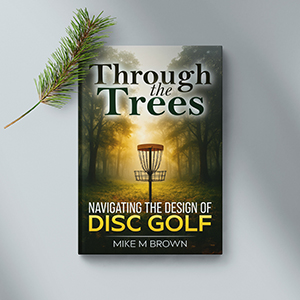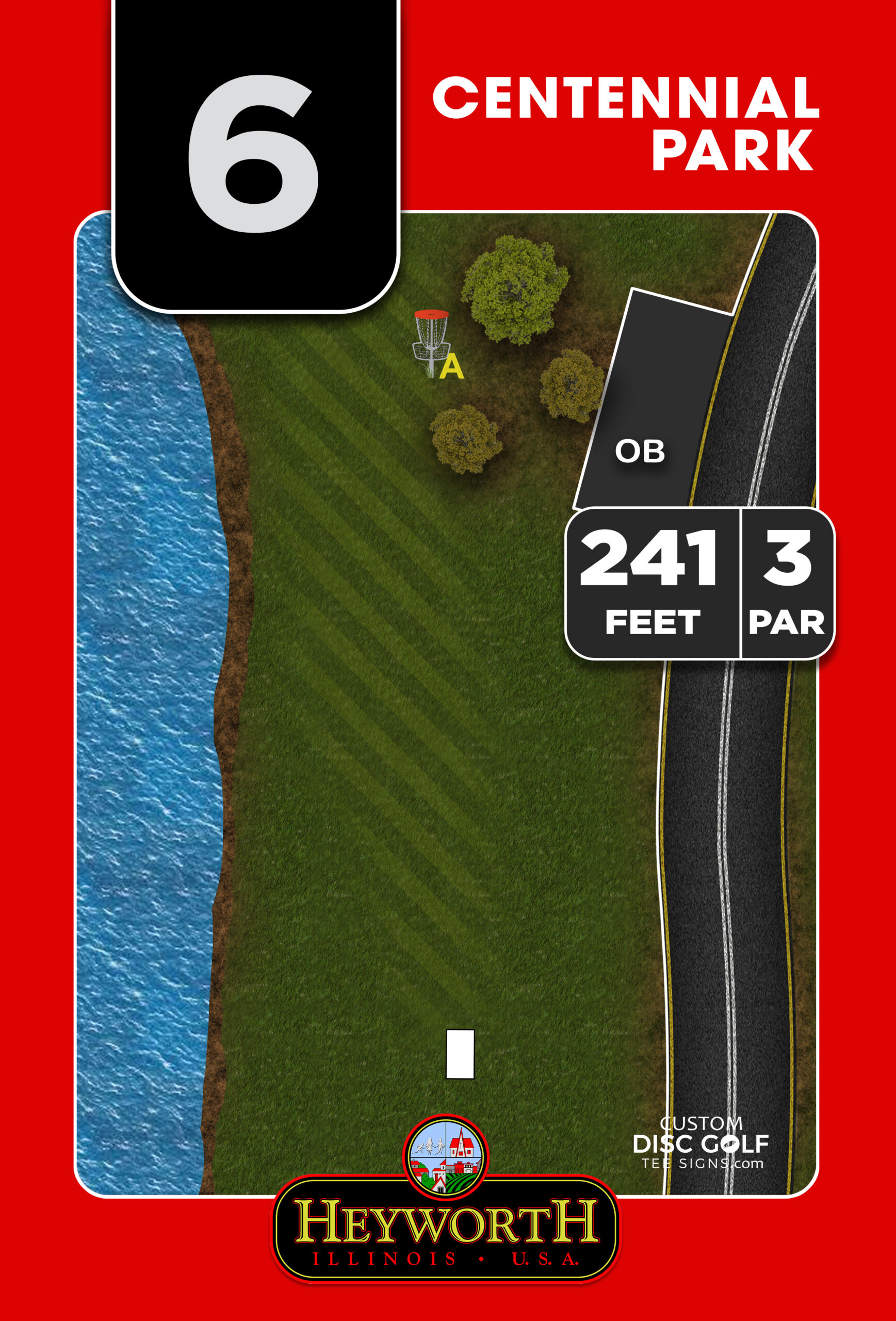The Soul of Disc Golf Course Design

There’s a moment — subtle, fleeting, yet unmistakable — when a piece of land begins to speak to you. It doesn’t shout or demand attention. It whispers. A small rise in the earth hints at a future fairway. A gap between two oaks beckons for a carefully placed shot. A bend in the terrain suggests a natural turn in flight. If you’re patient and quiet enough to listen, these conversations become the foundation of something greater than a layout of baskets and tees. They become the soul of a course.
To design a disc golf course well is to enter into a dialogue with the land itself. The temptation, especially early in a designer’s career, is to impose: to bend nature to your will, to clear aggressively, to carve a championship out of stubborn ground. But the truly great courses — the ones that players remember decades later — are not imposed. They are revealed. They are discovered slowly, lovingly, and with deep respect for the ground beneath your feet.
Course design, at its highest level, is an act of collaboration. The designer’s hand is present, but never overbearing. It shapes, refines, and frames, but it does not dominate. The best holes feel as though they’ve always existed, waiting for someone to notice them. The fairway isn’t forced through the woods; it’s unveiled from what was already there. The basket isn’t placed randomly in a clearing; it settles naturally into a pocket that feels inevitable.
The Land as Co-Author
When you walk a property for the first time, the instinct is often to imagine what you want: a par-4 here, a tunnel shot there, a dramatic downhill finish to end the round. These ideas are useful, but they are not the starting point. The starting point is humility. The land is the co-author of your design, and it deserves to be heard first.
This is why patience is such an essential virtue in disc golf course design. It requires more than a single scouting trip. It asks you to walk the ground repeatedly, in every season and at every hour. See how light filters through the canopy in the morning versus late afternoon. Notice how water pools after rain and how the wind behaves when it sweeps across the open stretches. These observations reveal possibilities — and limitations — that you would never see on a map or in a drone photo.
It also means learning to embrace what many would call imperfections. A crooked tree leaning into the fairway is not a nuisance to be removed; it’s a character piece, a subtle note in the hole’s rhythm. A slope that pushes discs away from the green isn’t a mistake — it’s a teacher, demanding touch and precision. A cluster of pines might at first seem to block a line, but look closer and you may find that they create a shot shape that forces creativity and intentionality.
These details — the quirks, the textures, the moments of resistance — are what transform a course from a sequence of targets into a living, breathing experience. A course without them might play fine, but it will never feel alive.
The Architecture of Choice
A well-designed disc golf course is not just a collection of holes; it is a series of decisions. Each tee pad presents a question. Where will you land? How much risk will you accept for a potential reward? What shot shape gives you the best chance to score, and what are the consequences if you miss?
The idea that a hole should offer multiple valid paths to success, each with its own risks and rewards. This principle applies beautifully to disc golf. A player should be invited to think, not just throw. A narrow line might yield a birdie if executed perfectly, while a safer route could offer an easy par. Neither choice is wrong; both are part of the story the hole is telling.
This philosophy shapes everything from tee placement to basket location. A tee that’s offset slightly to one side might encourage a hyzer line but tempt a riskier anhyzer over trouble. A basket tucked behind a guardian tree might demand precise speed control. Even the location of a landing zone — whether it’s flat and generous or sloped and demanding — can influence how a player strategizes the next shot.
When every hole is designed with intention, a course becomes more than a test of skill. It becomes a narrative. It builds tension and releases it. It asks questions and offers lessons. It rewards creativity, punishes recklessness, and, above all, engages the mind as much as the body.
Designing for Memory, Not Just Par
The best disc golf holes are not always the longest or the hardest. They are the ones that linger in a player’s memory. They’re the holes that players talk about over dinner, the ones they replay in their minds on the drive home. Often, these are not the most obvious holes — they are the ones where the design felt inevitable, where the environment and the experience were perfectly aligned.
Designing for memory means thinking beyond distance and difficulty. It means considering how a player will feel when they step onto the tee. What do they see? What emotions are stirred? How will they remember this shot a year from now? A course that prioritizes these questions will always stand apart.
It also means designing for a range of abilities without diluting the challenge. A truly great course welcomes beginners without boring experts. It provides a challenge to seasoned players without intimidating newcomers. Achieving this balance requires nuance — alternate tees, varied lines, strategic obstacles — but it is essential if a course is to serve its community for years to come.
Through the Trees
This approach — patient, intentional, and deeply respectful of the land — is the philosophy at the heart of my book, Through the Trees: Navigating the Design of Disc Golf. It is not a step-by-step manual filled with measurements and diagrams, though those have their place. It is, instead, a meditation on what course design can be when we approach it as an art form. It’s about crafting experiences, shaping stories, and creating places that players want to return to again and again.
Through the Trees explores how to listen to the land, how to balance challenge with playability, how to design for flow and rhythm, and how to think beyond baskets and tees to create something truly special. It is a book for anyone who believes that disc golf is more than a sport — it is a conversation between people and place.
If you are passionate about disc golf and curious about the deeper craft of course design, I invite you to step into that conversation. Through the Trees: Navigating the Design of Disc Golf is available now on Amazon and other major booksellers. It’s a guide, a philosophy, and — I hope — an invitation to see your next course not as a project to complete, but as a landscape waiting to speak.
Get your copy here











